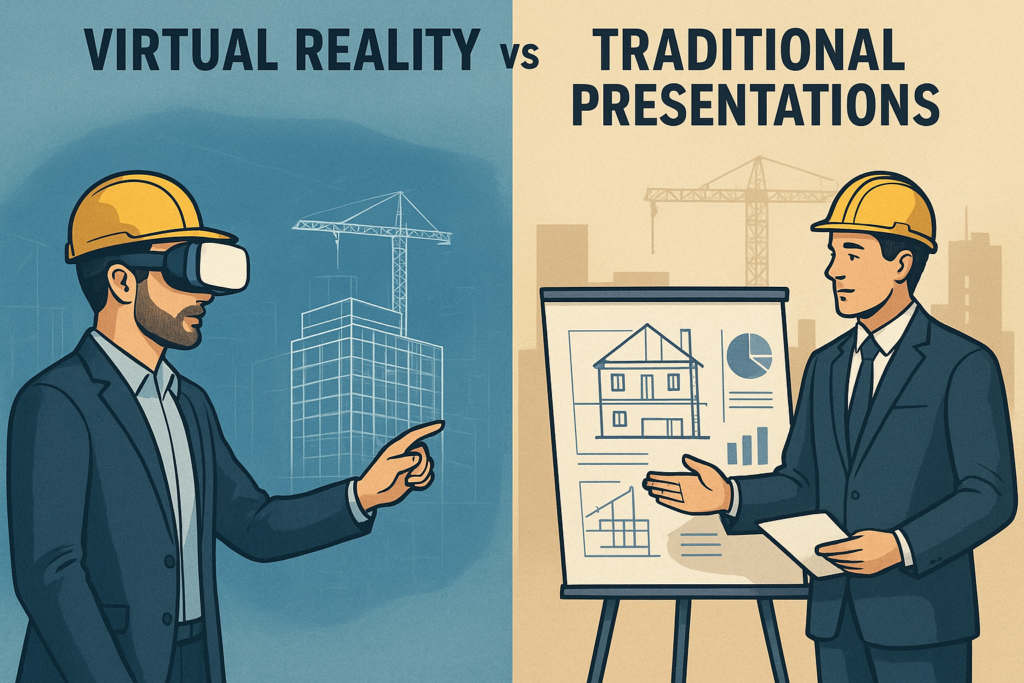
In an era of rapid technological advancement, the construction and real estate sectors in Perth are witnessing a transformative shift. Traditional presentations, once the cornerstone of project proposals and client approvals, are gradually being replaced by Virtual Reality (VR) experiences.
At Stedaxis, we empower Perth’s building industry with immersive 3D rendering, virtual reality, and augmented reality solutions that go beyond trends to deliver measurable business results. Let’s explore why VR is outpacing traditional presentations and how it benefits the Perth building community
The Limitations of Traditional Presentations
Traditional presentations typically rely on blueprints, 2D drawings, slideshows, or physical models to communicate design intent. While familiar, these methods come with inherent challenges:
Limited Client Engagement: Static images or models often fail to convey the scale, spatial relationships, or the ambiance of a project.
Time-Consuming Iterations: Changes in design require multiple rounds of revisions, which can be slow and costly.
Risk of Misinterpretation: Clients or stakeholders may misread 2D plans, leading to design disputes or misunderstandings.
Inefficient Marketing: Physical models are costly to produce and do not easily translate to digital marketing platforms.
These challenges often slow project approvals, reduce client satisfaction, and increase the risk of costly errors during construction.
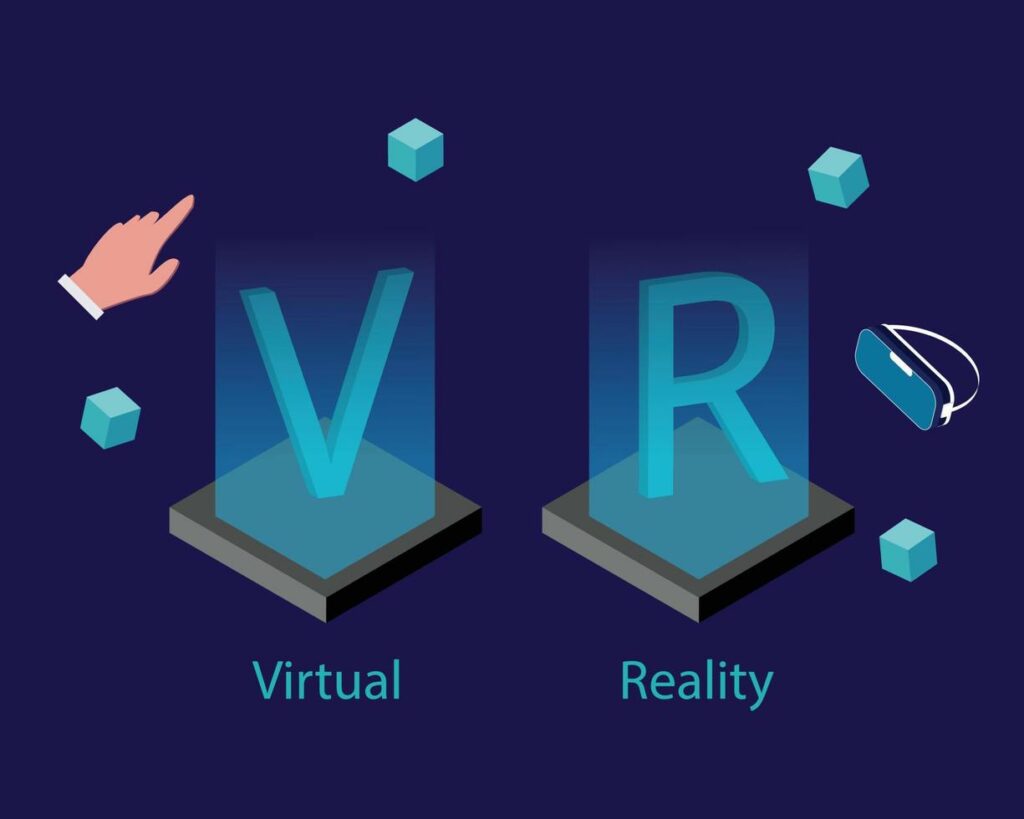
How Virtual Reality Transforms Presentations
Virtual Reality allows clients to experience projects before they are built. Using VR headsets, clients can walk through 3D environments, interact with spaces, and visualize materials and lighting in real-time. For Perth builders, this translates to:
Enhanced Client Understanding: VR eliminates guesswork by providing an immersive, 360-degree experience of designs.
Faster Decision-Making: Clients can make informed choices instantly, reducing project delays.
Reduced Design Revisions: Real-time visualizations allow for immediate adjustments, saving time and cost.
Competitive Differentiation: Offering VR experiences positions builders as forward-thinking and technologically advanced.
Stedaxis integrates VR into every stage of the building lifecycle, from conceptual design to project marketing, ensuring Perth builders deliver projects that clients truly understand and approve faster.
Key Features of VR Presentations for Builders
Immersive Walkthroughs
Clients can explore homes, commercial spaces, or architectural projects in full-scale, 3D environments. Unlike static images, VR allows users to:
- Walk through rooms
- Assess flow and spatial relationships
- Visualize natural light and artificial lighting
Real-Time Material and Finish Selection
VR platforms can simulate different materials, textures, and color palettes, allowing clients to experiment with:
- Flooring options
- Wall finishes
- Furniture layouts
- interactive customization reduces design revisions
Augmented Reality Integration
Combining VR with AR allows Perth builders to overlay digital models onto real-world spaces, enabling:
- On-site visualization of renovations or extensions
- Accurate measurement checks
- Contextual understanding of projects within their surroundings
Interactive Design Feedback
Clients can provide instant feedback during VR walkthroughs, helping builders:
- Understand client preferences
- Adjust layouts, lighting, or finishes
- Maintain clear communication and project alignment
Scalable Virtual Showrooms
Builders and developers can create virtual property showrooms accessible from anywhere, enabling:
- Remote project marketing
- International client engagement
- 24/7 property viewing without physical presence
Stedaxis for Perth Builders
Tailored VR Experiences:
Every project receives a customized VR walkthrough that reflects the builder’s brand and design philosophy.
Integrated 3D Rendering:
High-quality 3D visualizations complement VR, ensuring consistency across client presentations, brochures, and marketing materials.
Real-Time Collaboration:
Clients, architects, and contractors can simultaneously view and modify projects, reducing miscommunication.
Cutting-Edge AR Applications:
Beyond VR, AR tools allow builders to visualize designs in real-world environments, bridging the gap between concept and construction.
Data-Driven Insights:
Our VR platforms track client interactions and preferences, providing builders with actionable insights for marketing and design improvements.
Australian Market Expertise:
We understand the Perth building landscape, local compliance standards, and client expectations, ensuring solutions are practical and effective.
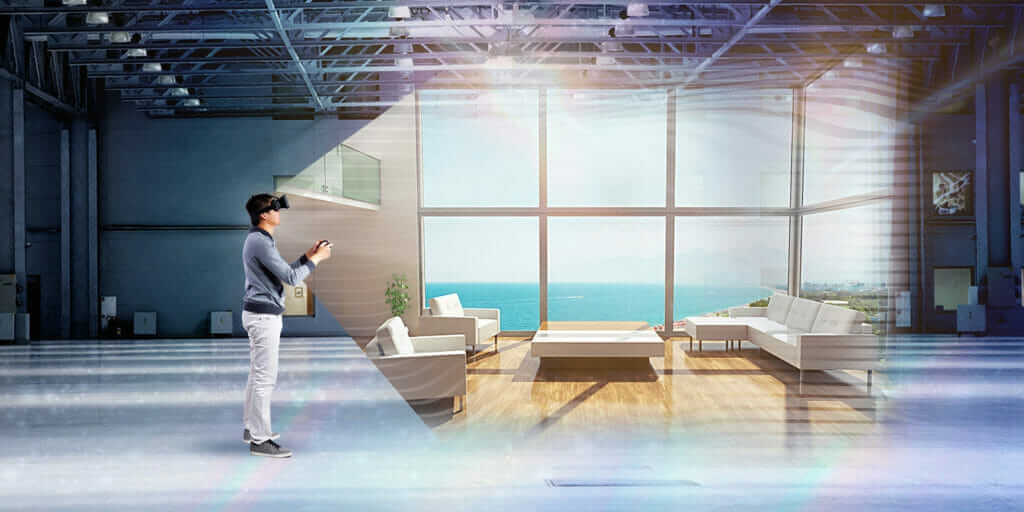
Trends Driving VR Adoption in Perth
The rise of VR in the Perth construction market is not accidental. Key trends include:
1. Client Expectations for Immersive Experiences
Modern homebuyers and commercial clients increasingly expect high-quality visual experiences before committing to projects. VR meets this expectation, creating memorable interactions that traditional presentations cannot replicate.
2. Faster Project Approvals
Government approvals, developer endorsements, and investor reviews are accelerated when VR is used to communicate complex designs clearly and convincingly.
3. Digital Marketing Integration
VR models and walkthroughs are easily incorporated into digital campaigns, including websites, social media, and online property listings, reaching broader audiences.
4. Sustainability and Resource Efficiency
VR reduces the need for multiple physical prototypes, saving materials, time, and costs, aligning with Perth builders’ sustainability goals.
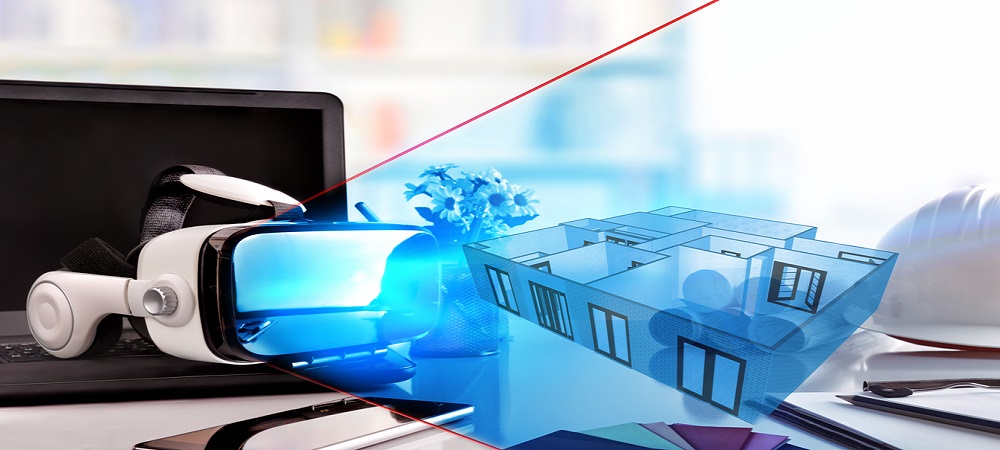
Key Takeaways for Builders
- Virtual Reality offers an unmatched immersive experience that traditional presentations cannot replicate.
- Stedaxis provides tailored VR solutions that integrate 3D rendering, AR, and data-driven insights.
- VR adoption reduces project timelines, enhances client satisfaction, and boosts marketing effectiveness.
- By embracing VR, Perth builders gain a strategic advantage, positioning themselves as industry leaders.
Stedaxis: Leading Beyond Trends
While VR adoption is a global trend, Stedaxis ensures Perth builders gain more than a temporary advantage:
Strategic Integration: VR and 3D rendering are woven into project planning, marketing, and client engagement strategies.
Continuous Innovation: We stay ahead of emerging technologies, ensuring builders have access to the latest tools and methodologies.
Result-Oriented Approach: Every VR solution is designed to improve project outcomes, whether that’s faster approvals, increased sales, or stronger client satisfaction.In short, we don’t just follow trends we create competitive advantages for Perth builders.
How Virtual Reality is Transforming the Construction Industry
Faster Project Approvals
- Enables immersive walkthroughs of projects before construction begins.
- Improves stakeholder understanding of design intent and spatial relationships.
- Reduces miscommunication between architects, engineers, and clients.
- Allows real-time modifications to designs during virtual presentations.
- Shortens project approval timelines by offering clear visualizations.
- Minimizes costly on-site errors by identifying issues early in VR.
- Enhances marketing strategies by creating engaging virtual property tours.
Superior Project Presentations
- Provides 360-degree interactive experiences that engage clients fully.
- Replaces static 2D plans with dynamic, real-time visualizations.
- Demonstrates material choices, lighting, and furniture layouts virtually.
- Supports remote collaboration between clients, builders, and designers.
- Highlights potential design conflicts before construction begins.
- Creates visually appealing presentations that boost client confidence.
- Increases project win rates by showcasing innovative technology capabilities.
Visualize Virtual Designs in Real Scenarios
- Integrates VR with augmented reality for on-site visualization.
- Allows clients to see designs overlaid onto existing structures.
- Facilitates realistic simulations of natural and artificial lighting.
- Helps evaluate environmental impacts and surrounding context.
- Enables accurate scaling of designs for interiors and exteriors.
- Supports interactive walkthroughs to test functionality and flow.
- Reduces surprises during construction by validating designs in real-world context.
Building Information Modeling (BIM)
- Centralizes all project data for architects, engineers, and contractors.
- Enables clash detection and conflict resolution before construction.
- Integrates VR to offer immersive BIM walkthroughs for clients.
- Improves coordination between multiple stakeholders in real-time.
- Reduces material waste through precise planning and visualization.
- Enhances cost estimation and project scheduling accuracy.
- Supports lifecycle management, from design to maintenance and renovations.
Generative Artificial Intelligence
- Automates repetitive design tasks and drafting workflows.
- Suggests optimized layouts, materials, and structural solutions.
- Learn from past projects to improve design efficiency.
- Enhances predictive modeling for project timelines and costs.
- Enables rapid generation of multiple design iterations for review.
- Supports risk mitigation by identifying potential design flaws early.
- Combines with VR to create fully immersive, AI-driven design experiences.
Process and Outcome-Based Evaluation: VR-Driven vs Traditional Construction
The construction industry is rapidly evolving with Virtual Reality (VR), which is changing how projects are planned, executed, and evaluated. Comparing VR-driven processes with traditional construction methods highlights the benefits, efficiencies, and measurable outcomes of immersive technologies.
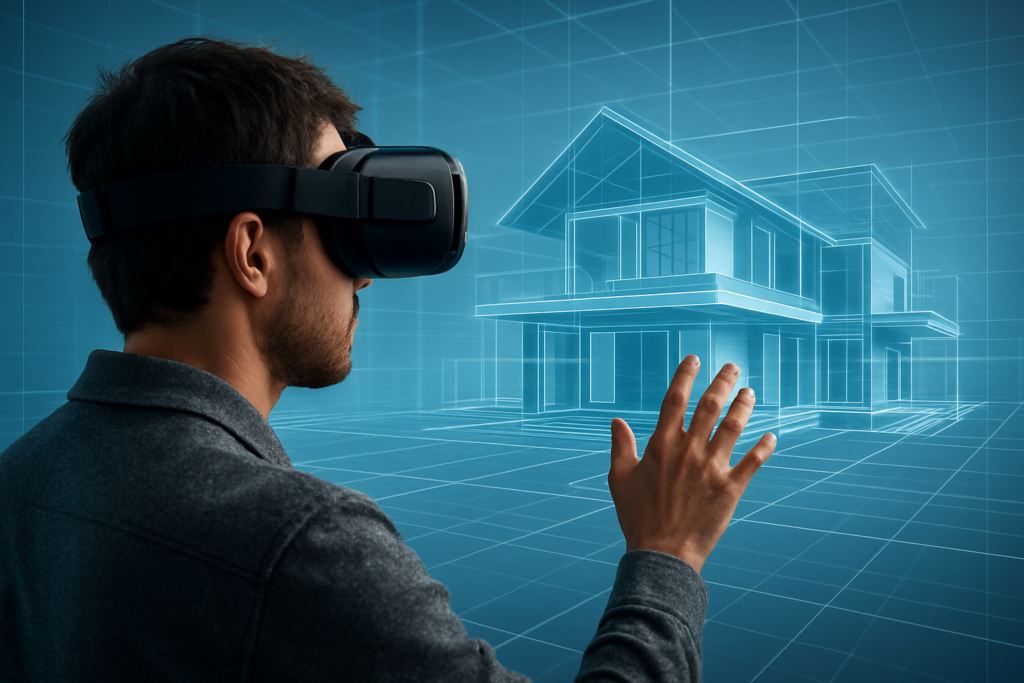
1. Design and Planning Phase
Virtual Reality-Driven Construction
- Provides immersive 3D visualization of designs before execution.
- Allows stakeholders to explore spaces at full scale in real-time.
- Facilitates collaborative design reviews remotely.
- Detects design flaws and spatial conflicts early.
- Offers real-time material and finish selection.
- Supports integration with BIM for precise planning.
- Enables multiple design iterations quickly and cost-effectively.
Traditional Construction
- Relies on 2D drawings and static renderings for planning.
- Limited visualization of spatial relationships and flow.
- Requires physical meetings for design approval.
- Design issues often discovered during construction.
- Material and finish selection may need multiple samples.
- Less efficient integration with digital project management tools.
- Iterations are time-consuming and costly.
2. Communication and Collaboration
Virtual Reality-Driven Construction
- Enhances communication between architects, builders, and clients.
- VR walkthroughs make design intent universally understandable.
- Remote collaboration reduces travel and on-site meetings.
- Allows real-time annotation and feedback from stakeholders.
- Improves transparency and trust in project execution.
- Supports multi-disciplinary coordination through integrated digital models.
- Accelerates consensus on design decisions.
Traditional Construction
- Communication depends on meetings, calls, and documents.
- Clients often struggle to visualize designs from 2D plans.
- Limited real-time collaboration and feedback.
- Misinterpretations can lead to design disputes.
- On-site adjustments are frequently required due to misunderstanding.
- Coordination between disciplines is slower and prone to errors.
- Approval cycles can be lengthy and fragmented.
3. Cost and Resource Efficiency
Virtual Reality-Driven Construction
- Reduces rework by identifying issues before construction.
- Minimizes material waste through accurate planning.
- Lowers costs associated with physical models or mock-ups.
- Optimizes resource allocation with precise project simulations.
- Shortens project timelines by facilitating faster approvals.
- Supports predictive cost analysis with VR-integrated BIM data.
- Enhances ROI through more efficient project execution.
Traditional Construction
- Errors discovered during construction lead to costly rework.
- Physical models and repeated prints increase expenses.
- Material wastage is higher due to planning inaccuracies.
- Inefficient resource allocation may cause delays.
- Longer approval cycles extend project timelines.
- Predictive cost estimation is less accurate without immersive modeling.
- ROI is impacted by inefficiencies and unforeseen issues.
4. Quality Assurance and Risk Management
Virtual Reality-Driven Construction
- Allows early detection of structural or design conflicts.
- Simulates real-world conditions to test performance.
- Reduces human errors through precise visualization.
- Supports compliance with building codes via integrated models.
- Facilitates scenario planning for safety and risk mitigation.
Traditional Construction
- Quality issues are often only identified onsite.
- Limited predictive testing of design performance.
- Human errors are more likely due to misinterpretation.
- Compliance checks may require separate reviews.
- Risk mitigation is reactive rather than proactive.
5. Client Experience and Satisfaction
Virtual Reality-Driven Construction
- Provides immersive, interactive walkthroughs of future spaces.
- Enables clients to make informed decisions about layouts and finishes.
- Enhances engagement and reduces misunderstandings.
- Supports remote project monitoring and feedback.
- Builds stronger client relationships through transparency.
Traditional Construction
- Clients rely on imagination and static representations.
- Limited ability to experiment with finishes or layouts.
- Engagement may be lower, increasing risk of dissatisfaction.
- Remote client involvement is minimal.
- Personalization is harder to visualize and approve.
- Client confidence relies on verbal or 2D confirmation.
6.Project Timeline and Efficiency
Virtual Reality-Driven Construction
- Accelerates design approval with immersive walkthroughs.
- Reduces delays by identifying construction conflicts early.
- Speeds up communication and decision-making.
- Integrates with BIM for real-time scheduling updates.
- Enables faster marketing and pre-sales activities.
- Overall project delivery is quicker and more predictable.
Traditional Construction
- Approval cycles are longer due to manual review processes.
- Delays occur due to on-site discovery of issues.
- Decision-making is slower with limited visualization.
- Teams often work sequentially rather than in parallel.
- Marketing and pre-sales are dependent on physical models or renderings.
7. Innovation and Competitive Advantage
Virtual Reality-Driven Construction
- Positions builders as technologically advanced and client-focused.
- Offers a unique selling point in a competitive market.
- Encourages adoption of other digital tools like AI and AR.
- Strengthens brand reputation through innovation.
- Attracts tech-savvy clients and investors.
- Facilitates sustainable and efficient construction practices.
Traditional Construction
- Follows established industry practices without innovation.
- Limited differentiation in competitive bidding situations.
- Reliance on physical models and paper-based workflows.
- Brand perception is neutral rather than progressive.
- May struggle to attract clients expecting digital solutions.
- Sustainability and efficiency gains are harder to demonstrate.
Experience Your Project Before It’s Built With Stedaxis VR
Step into your future build today. Our Virtual Reality solutions give you and your clients the power to walk through designs, make real-time changes, and approve projects faster all before a single brick is laid.


